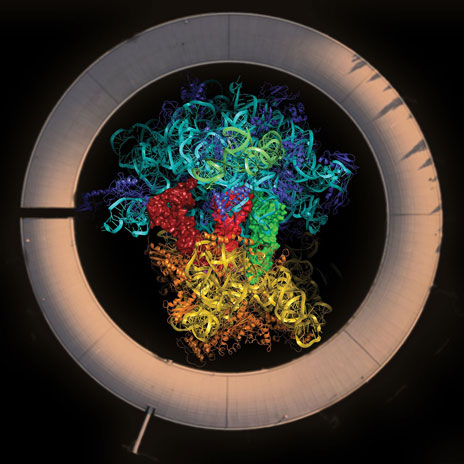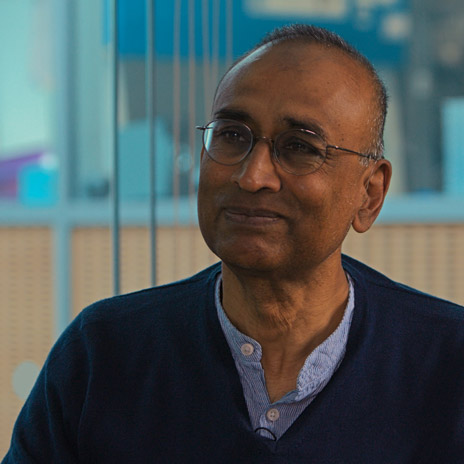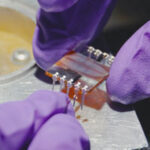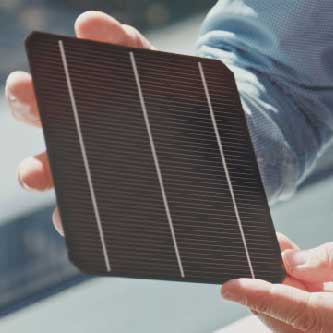Manuscripts
Our published video articles
The Ribosome Under Synchrotron Light
V. Ramakrishnan, M. Alsari

Abstract. In this interview Venki Ramakrishnan reviews part of his work on the structural resolution of the ribosome, for which he was jointly awarded the Nobel Prize for Chemistry in 2009. He discusses the role that synchrotron facilities have played in unravelling the structure of the ribosome and how cryogenic electron microscopy (cryo-EM) has become an essential tool for structural biologists. He concludes with an overview on his current research activities at the MRC Laboratory of Molecular Biology. The interview is available at https://youtu.be/8PIucfdJcsg.
Why Governments Should Invest More in Fundamental Research
V. Ramakrishnan, M. Alsari

Abstract. Venkatraman ‘Venki’ Ramakrishnan is the President of The Royal Society and Group Leader at the MRC Laboratory of Molecular Biology. In 2009 he shared the Nobel Prize in Chemistry “for studies of the structure and function of the ribosome”. In this interview he explains why governments should invest more in basic scientific research rather than simply on applied science and engineering. He also discusses interdisciplinarity, collaborations, and public engagement. The interview is available at https://youtu.be/GZP0pXPFWLE.
Back-Contact Perovskite Solar Cells
R. H. Friend, F. Deschler, L. M. Pazos-Outón, M. Abdi-Jalebi, M. Alsari

Abstract. Interdigitated back-contact (IBC) architectures are the best performing technology in crystalline Si (c-Si) photovoltaics (PV). Although single junction perovskite solar cells have now surpassed 23% efficiency, most of the research has mainly focussed on planar and mesostructured architectures. The number of studies involving IBC devices is still limited and the proposed architectures are unfeasible for large scale manufacturing. Here we discuss the importance of IBC solar cells as a powerful tool for investigating the fundamental working mechanisms of perovskite materials. We show a detailed fabrication protocol for IBC perovskite devices that does not involve photolithography and metal evaporation. The interview is available at https://youtu.be/nvuNC29TvOY.
Perovskite LEDs
R. H. Friend, D. Di, S. Lilliu, B. Zhao

Abstract. Sir Richard H. Friend is Cavendish Professor of Physics at the University of Cambridge. In the 1990s, he reported for the first time efficient operation of polymer based FET and LED, which contributed to the commercialisation of OLED displays employed in current TV and smartphone devices. He is co-founder of several companies and start-ups including Cambridge Display Technology, Plastic Logic, and Heliochrome limited. In this interview, he and Dr. Dawei Di, who recently joined Zhejiang University in China as a tenure-track professor, discuss recent developments and future prospects of perovskite LED research and development. The interview is available at https://youtu.be/Fjcm4V36U2A .
The Path to Perovskite on Silicon PV
H. Snaith, S. Lilliu

Abstract. Henry J. Snaith is Professor of Physics in the Clarendon Laboratory at the University of Oxford and Fellow of the Royal Society. He has pioneered the field of perovskite solar cells and published more than 300 papers. He is the founder and Chief Scientist Officer of Oxford Photovoltaics, which holds the largest perovskite patent portfolio worldwide and focuses on developing and commercialising perovskite PV technology. In this interview, he discusses the present status and future prospects of perovskite PV. The interview is available at https://youtu.be/sbe9Z5oEs5o.